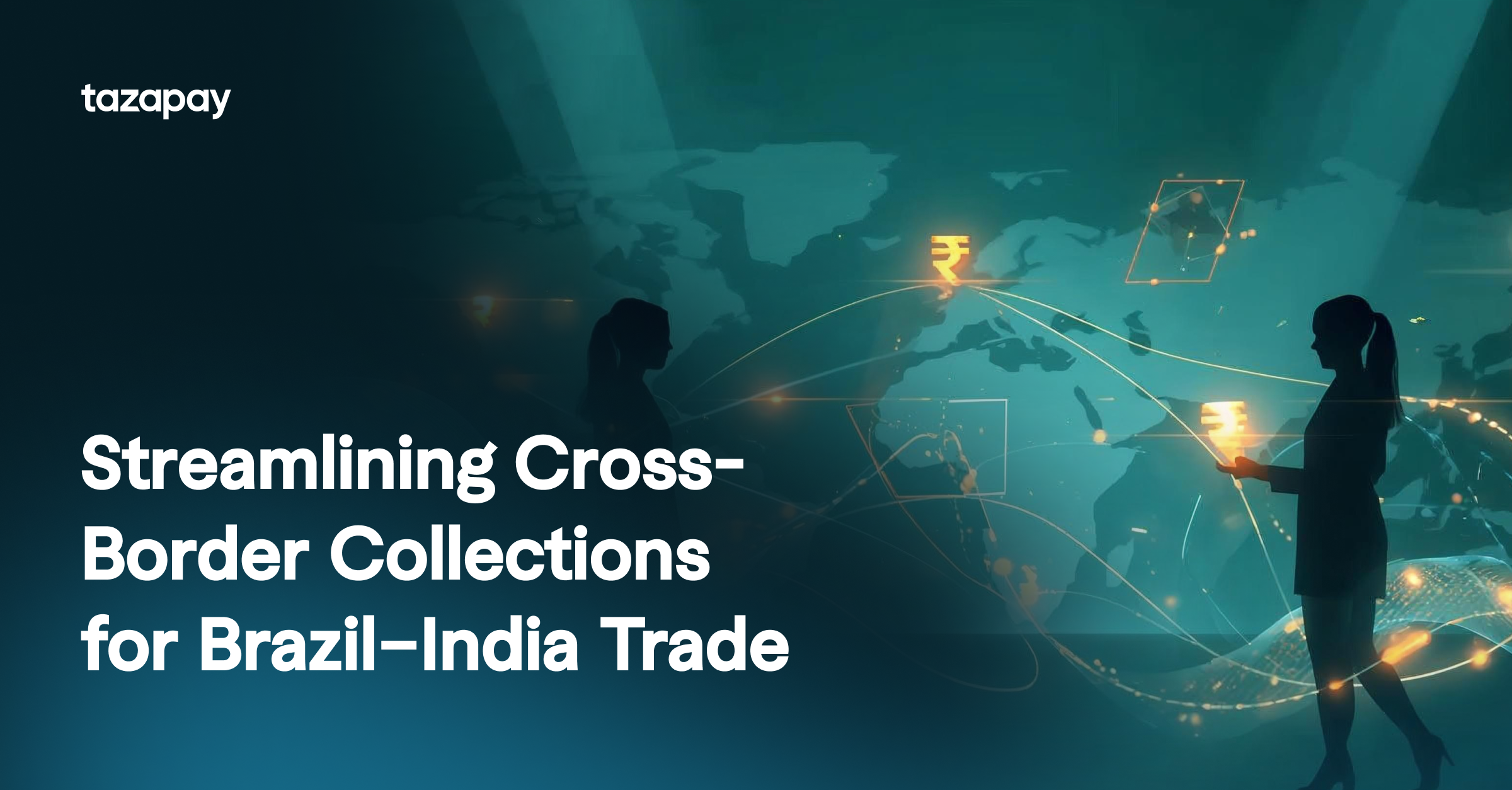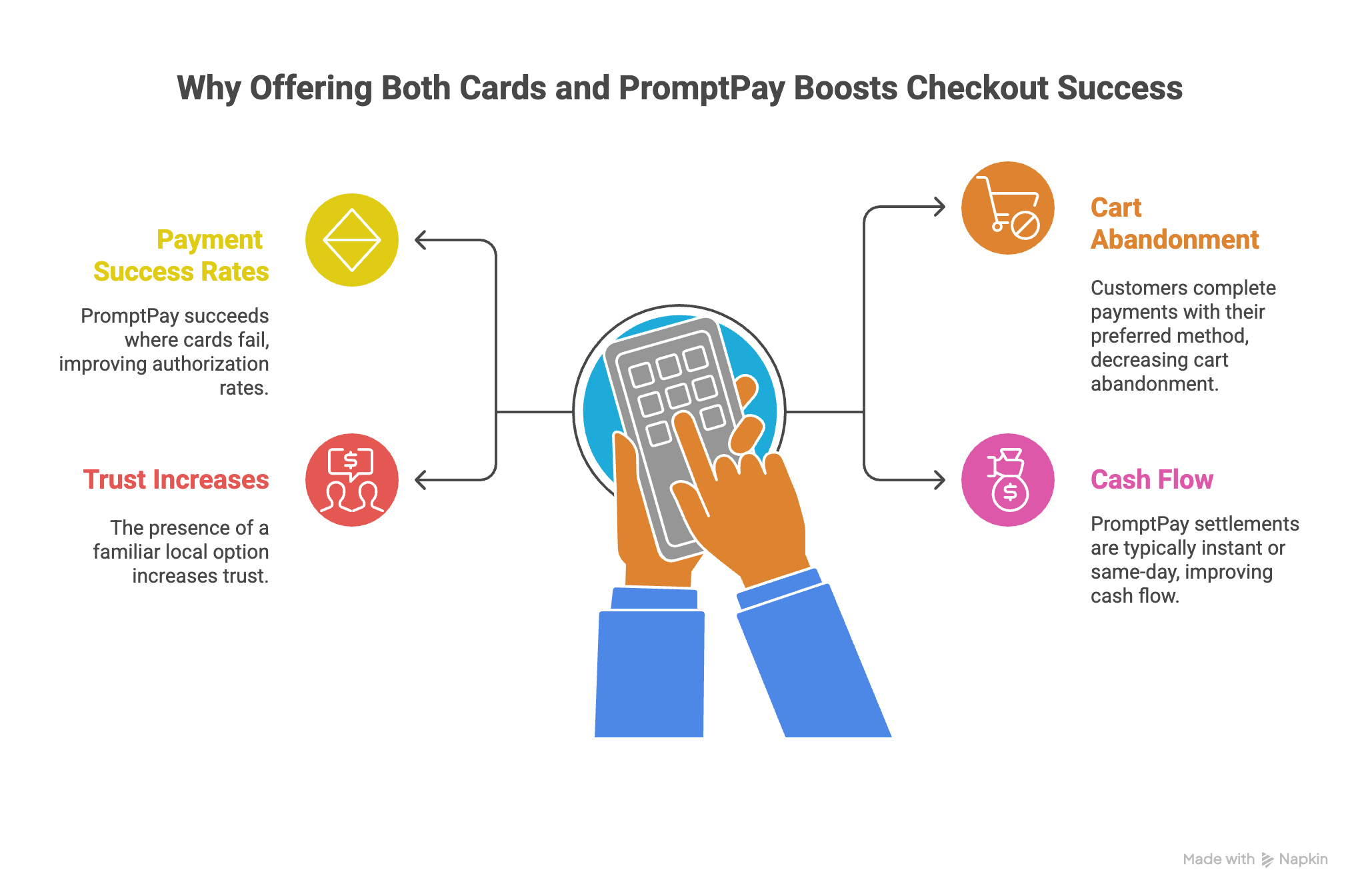The Hidden Cost of Cross-Border Payments
In cross-border trade, money doesn’t simply move — it passes through a network of banks and intermediaries, each taking a small cut. Those seemingly minor deductions add up fast.
According to McKinsey’s Global Payments Report 2023, over $250 trillion in cross-border payments flow worldwide every year — and a significant portion of that value erodes through FX markups, double conversions, and delays. For exporters, SaaS firms, fintechs, and digital marketplaces, these invisible losses directly reduce profit margins.
Most businesses don’t notice until they reconcile. The reason? Every unnecessary conversion or intermediary hop means lost value. Virtual accounts change that.
Why Hidden FX Losses Occur
FX losses rarely stem from bad luck — they come from how traditional systems handle money movement:
- Forced conversions: Buyers pay in one currency, but banks automatically convert it to another before settlement.
- Double FX hops: Funds pass through multiple intermediary banks, each adding its own markup.
- Delayed settlements: Holding periods expose funds to rate fluctuations before conversion.
- Fragmented treasury: Managing multiple regional accounts increases operational cost and FX exposure.
Even a 1–2 % FX spread across large volumes can cost hundreds of thousands annually.
How Virtual Accounts Change the Equation
A virtual account is a named, multi-currency account issued under your business name — without needing a local entity in each country.
With Tazapay, businesses can:
- Collect payments in 35 + currencies via local bank transfers or SWIFT.
- Hold funds in those currencies to avoid premature conversion.
- Pay out in 100 + currencies through local rails or SWIFT, converting only when rates are favorable.
For example, an exporter serving clients in the US, EU, and Singapore can receive USD, EUR, and SGD into corresponding virtual accounts, hold those balances, and later pay suppliers in USD or INR — all from one dashboard.
By choosing when and how to convert, businesses protect their margins instead of surrendering them to intermediaries.
How to Tell if You’re Losing to FX Costs
You might be facing hidden FX losses if:
- Your settlement amounts differ from invoice values.
- Customers pay in one currency, but you receive another.
- Third-party processors automatically convert before settlement.
- You manage several regional accounts to handle multiple currencies.
If these sound familiar, consolidating your treasury with virtual accounts can restore visibility and control.
From Conversion Chaos to Currency Control
A $100,000 invoice illustrates the difference:
- Traditional route: The payment crosses two or three correspondent banks, each taking a fee and applying its own FX rate.
- Virtual account route: Funds arrive directly into your named account in the transaction currency — no forced conversions, no double hops.
This direct-to-account model increases transparency, accelerates settlements, and helps finance teams plan conversions strategically instead of reactively.
Powering a Smarter Global Money Movement
The future of cross-border payments is about unifying the collect–hold–pay cycle under one infrastructure.
Tazapay brings these pieces together:
- Global collections through local bank rails and multi-currency virtual accounts.
- Cross-border payouts in 100 + currencies via local rails and SWIFT.
- Stablecoin settlement capabilities (offered by Tazapay Canada Corp.), where regulatory frameworks permit, enabling faster treasury cycles and near-instant cross-border settlements.
This unified approach enables exporters, SaaS firms, marketplaces, and fintechs to manage global transactions seamlessly. It’s not just faster — it’s smarter, designed to retain more of every dollar earned.
Benefits of Using Virtual Accounts
- Simplified operations – One dashboard for global collections and payouts.
- Visibility and control – Real-time balances help you decide when to convert.
- Regulatory assurance – Licensed under MAS (Singapore), FINTRAC (Canada), AUSTRAC (Australia), and VASP (Lithuania). (View licenses)
- Faster access – Same-day or T + 1 settlement for many corridors.
- White-label POBO infrastructure – Fintechs can use Tazapay’s on-behalf-of framework to offer their own compliant payout solutions.
Turning FX Management into a Strategic Advantage
Controlling conversions isn’t just cost-saving; it’s strategy. By holding balances and converting when rates are favorable, companies can improve realized value across markets.
Delaying a USD → INR conversion by even 48 hours can shift returns by up to 1 %, enough to cover multiple transaction fees. The difference lies in timing — and infrastructure that gives you that choice.
Key Takeaway
FX losses are a symptom of fragmented global banking. Virtual accounts centralize collections, reduce unnecessary conversions, and restore margin control.
The future of money movement isn’t just global — it’s intelligent, connected, and designed to keep value within your business.
FX losses occur when funds are converted prematurely or at unfavorable rates, reducing your overall revenue. These small gaps compound significantly across multiple transactions.
Virtual accounts let you collect and hold funds in the same currency without immediate conversion. You can convert or pay out later when rates are more favorable.
No. Tazapay allows businesses to open named virtual accounts in 35+ currencies without the need for local entity registration.
Tazapay supports collections in 35+ currencies and payouts in 100+ currencies through local bank rails or SWIFT.
Yes. You can initiate global payouts directly from your virtual account balances — all managed in one unified dashboard.
Tazapay operates under licenses and registrations with MAS (Singapore), FINTRAC (Canada), AUSTRAC (Australia), and VASP (Lithuania).







.png)





